Big cats have long captured human imagination, their presence immortalized in art, literature, and film. Yet, the ways in which these majestic animals are portrayed often stray far from reality. From ferocious man-eaters to tame pets, the representations in popular culture are varied and frequently misleading. Let’s explore the myths, truths, and implications of how big cats have been portrayed.
Lion: King of the Jungle?
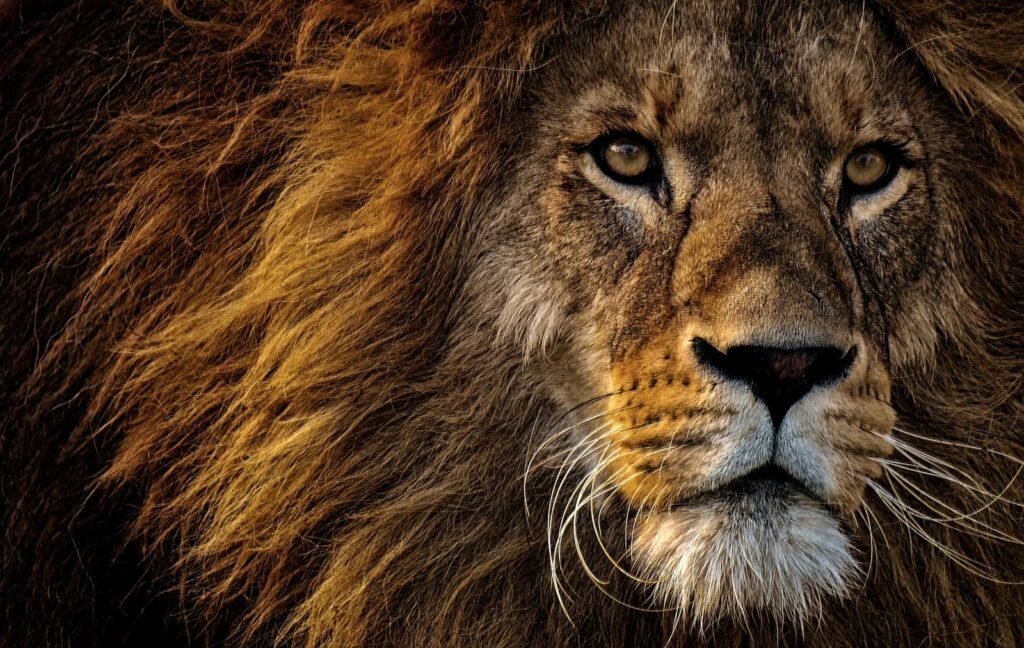
Despite often being dubbed “the king of the jungle,” lions actually inhabit savannas and grasslands. Their depiction as noble rulers may stem from their majestic appearance and formidable presence. While they embody power, their social dynamics reveal a more nuanced reality. Lions live in complex social structures and are social creatures that thrive in prides where female cooperation is crucial for hunting and rearing cubs.
Tigers: Fearsome Predators
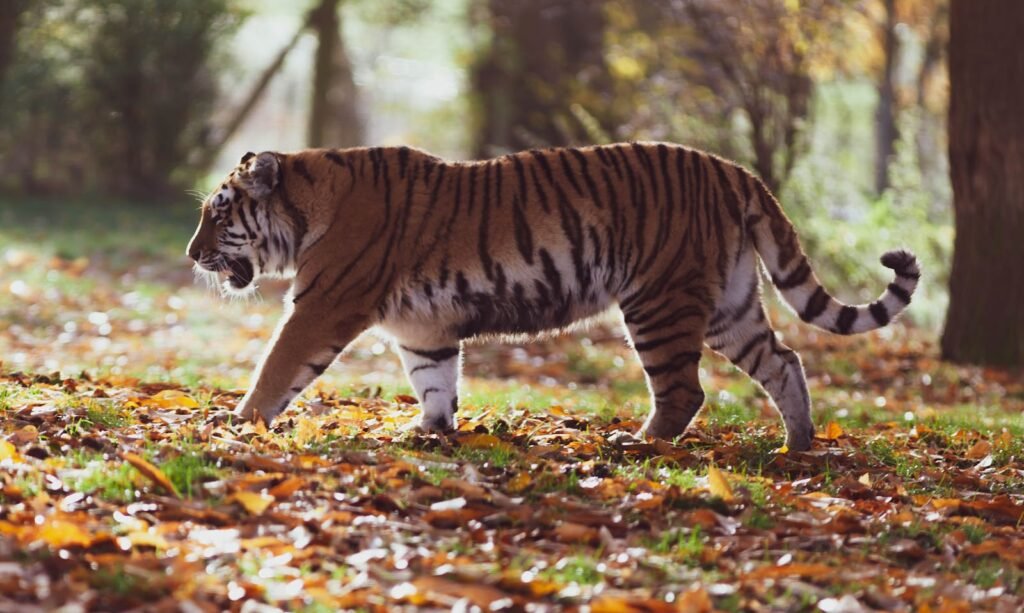
Tigers, with their striking stripes and large size, play the role of fearsome predators in stories and films. However, this stereotype overlooks their solitary and possessive nature. Tigers are not indiscriminate killers but rather territorial animals that avoid unnecessary conflict and contribute to their ecosystems by managing prey populations, which preserves ecological balance.
Leopards: Cunning and Mysterious
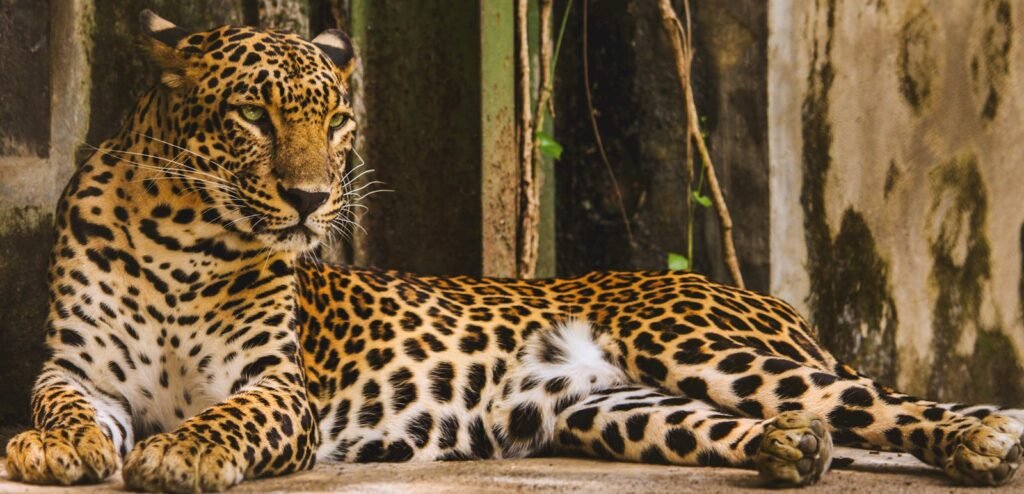
Leopards often appear as the elusive and cunning felines in tales that emphasize their stealth and adaptability. While they are indeed agile creatures that can thrive in various environments, this narrative can exaggerate their cunning to a mythical degree, overshadowing their ecological significance and adaptability to both prey and environmental changes.
Cheetahs: The Speedy Athletes
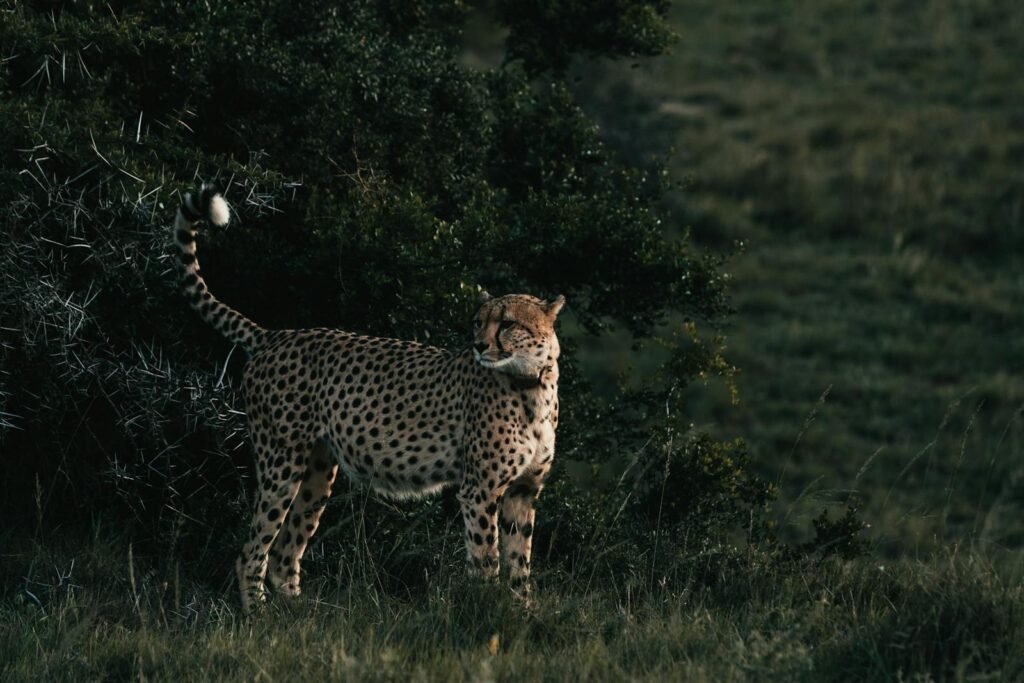
Known for their incredible speed, cheetahs are frequently typecast as speed demons in popular media. This narrow focus on their speed overlooks their vulnerability and challenges, such as losing prey to stronger predators or habitat loss that threatens their survival. Cheetahs are fragile in terms of genetic diversity and face significant survival hurdles.
Jaguars: Icons of the Jungle
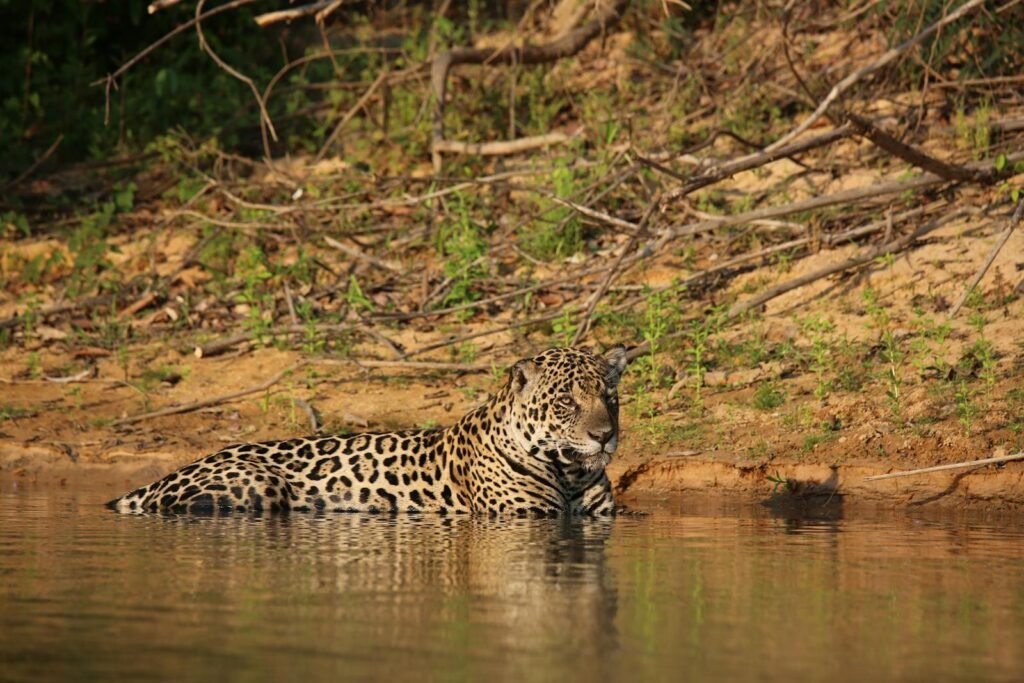
Portrayed as the elusive jungle dweller, jaguars are often featured in exotic tales of rainforest mystery. These portrayals highlight their solitary and powerful nature but fail to capture their essential role in maintaining biodiversity through regulating prey populations. Their existence is under threat from deforestation, emphasizing the need for their conservation beyond their mythic status.
Misleading Depictions in Animation and Film
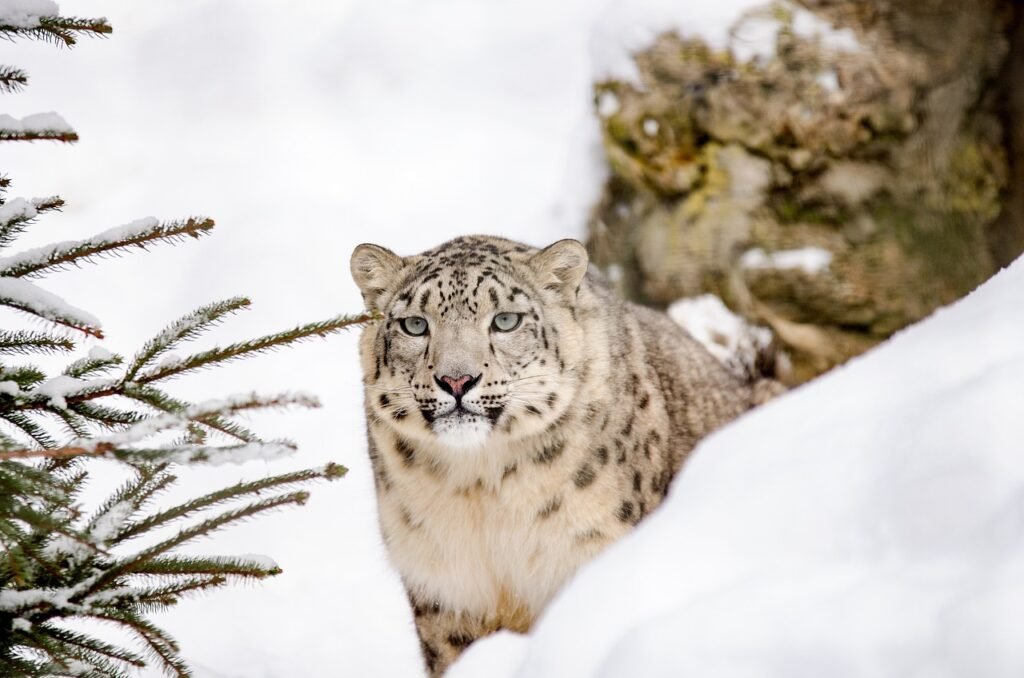
Animated films and movies often exaggerate big cats’ personalities, either as fearsome villains or overly anthropomorphized characters. While entertaining, these portrayals contribute to misconceptions about their behavior, leading audiences to underestimate the realities of their wild nature and conservation needs.
From Circus Acts to Conservation

Once seen as exotic entertainers in circuses, big cats have often been misunderstood in terms of their natural behaviors and needs. Increasingly, awareness is shifting towards conservation and habitat preservation efforts, underscoring the importance of seeing these creatures as vital components of their ecosystems rather than mere spectacles.
Myth vs. Reality: The Human Perspective

Much of the misinformation about big cats originates from human fears and fascination with power, danger, and beauty. By recognizing the gap between myth and reality, people can develop a deeper appreciation and understanding of these animals, leading to more informed conservation efforts and public education.
Conservation Narratives and Cultural Shifts

With increasing awareness of conservation, there has been a shift in how big cats are portrayed in media. Efforts focus more on depicting their ecological roles and the threats they face. Documentaries and advocacy campaigns strive to present a balanced image that encourages protective measures and sustainable coexistence.
The Role of Zoos and Sanctuaries
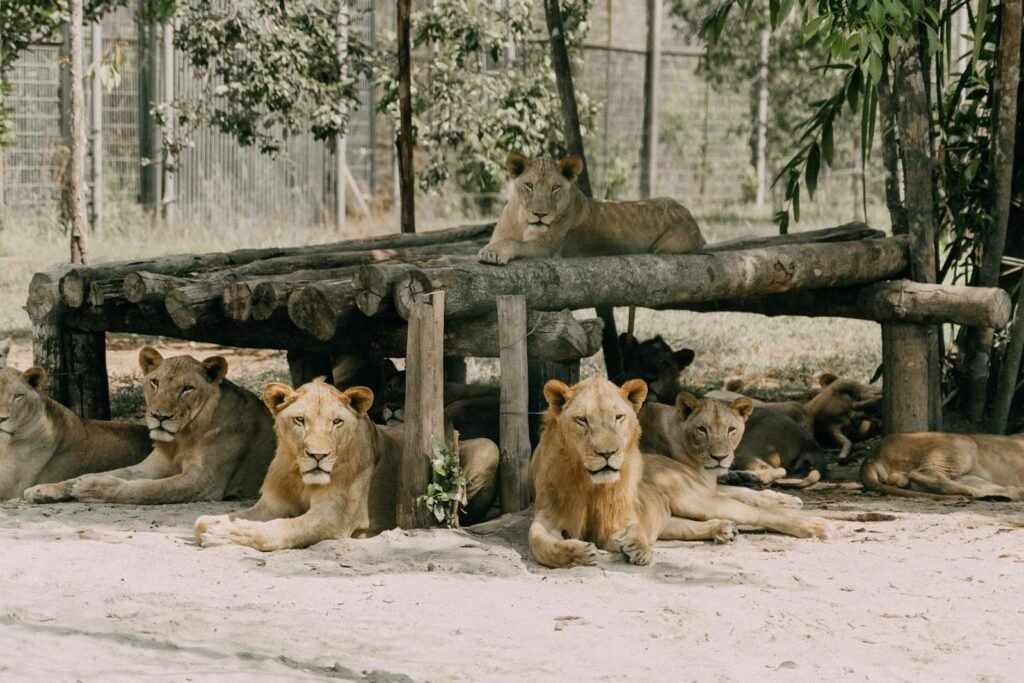
Modern zoos and sanctuaries play a crucial role in both educating the public and preserving species. By providing habitat for displaced big cats and involving visitors in conservation dialogues, these institutions work to correct popular misconceptions and foster a culture of respect and responsibility towards wildlife.
Understanding Human Impact

The portrayal of big cats often ignores the significant impacts of human activity on their habitats and populations. By spreading awareness of issues like habitat destruction and poaching, popular culture can shift towards a narrative that emphasizes conservation and the need for sustainable human practices.
Big Cats in Literature: Dual Symbols

In literature, big cats are often depicted as symbols of both danger and grace. These dual symbols reflect humans’ complex relationship with nature, one marked by awe and fear. Literature’s power to explore these themes can help readers appreciate the intricate dynamics between humans and big cats.
The Ethical Responsibility of Storytelling

Creators and storytellers have an ethical responsibility to portray wildlife accurately. Misrepresentation can fuel misunderstandings and hinder conservation efforts. By offering stories that respect the true nature of big cats, creators can inspire both admiration and protection for these magnificent creatures.
Changing Narratives: How You Can Help

Audiences can influence how big cats are portrayed by supporting accurate and respectful representations. Engaging with media that values conservation, sharing informed content, and participating in discussions can help shift narratives towards truthfulness and appreciation.
Moving Forward: A New Era for Big Cats
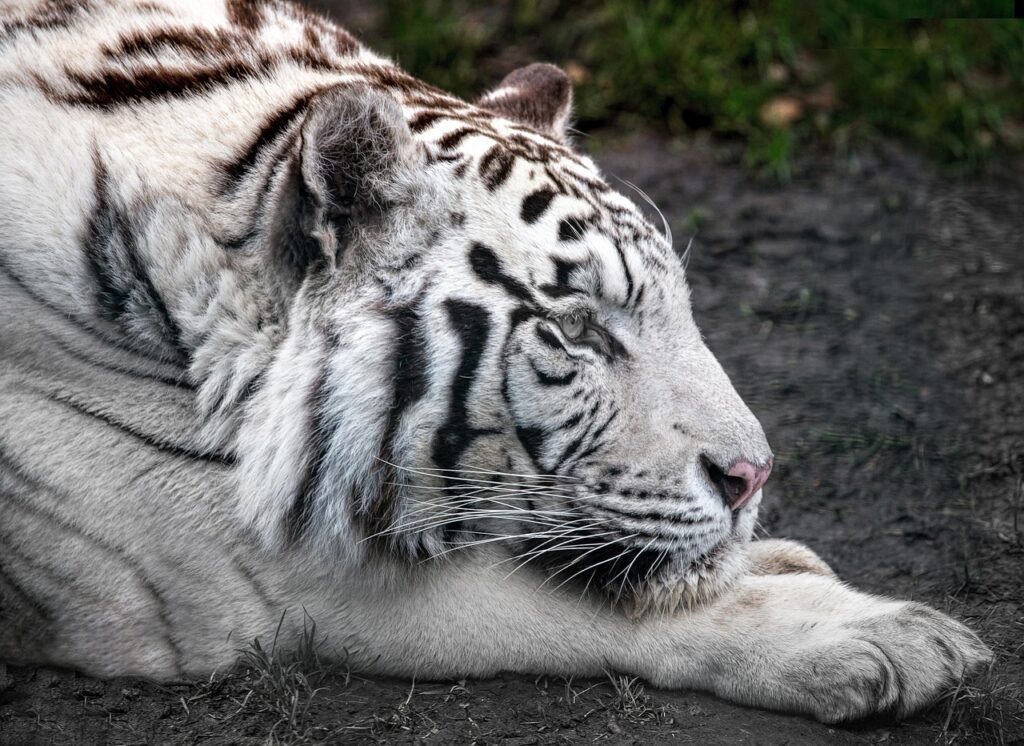
As understanding deepens and narratives evolve, there is hope for a future where big cats are both revered and protected. By moving past myths and embracing the reality of these animals’ ecosystems and challenges, humanity can foster a relationship grounded in equity, respect, and sustainability.
In summary, the portrayal of big cats in popular culture has often strayed from reality, creating myths that obscure their real nature and ecological importance. As awareness grows, it becomes crucial to align narratives with truth and conservation efforts. By doing so, we can ensure that future generations view big cats with both awe and an understanding of their indispensable role in the world.
Hi, I’m Bola, a passionate writer and creative strategist with a knack for crafting compelling content that educates, inspires, and connects. Over the years, I’ve honed my skills across various writing fields, including content creation, copywriting, online course development, and video scriptwriting.
When I’m not at my desk, you’ll find me exploring new ideas, reading books, or brainstorming creative ways to solve challenges. I believe that words have the power to transform, and I’m here to help you leverage that power for success.
Thanks for stopping by, Keep coming to this website to checkout new articles form me. You’d always love it!






